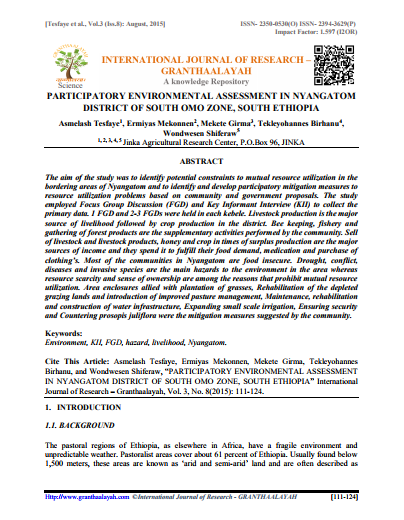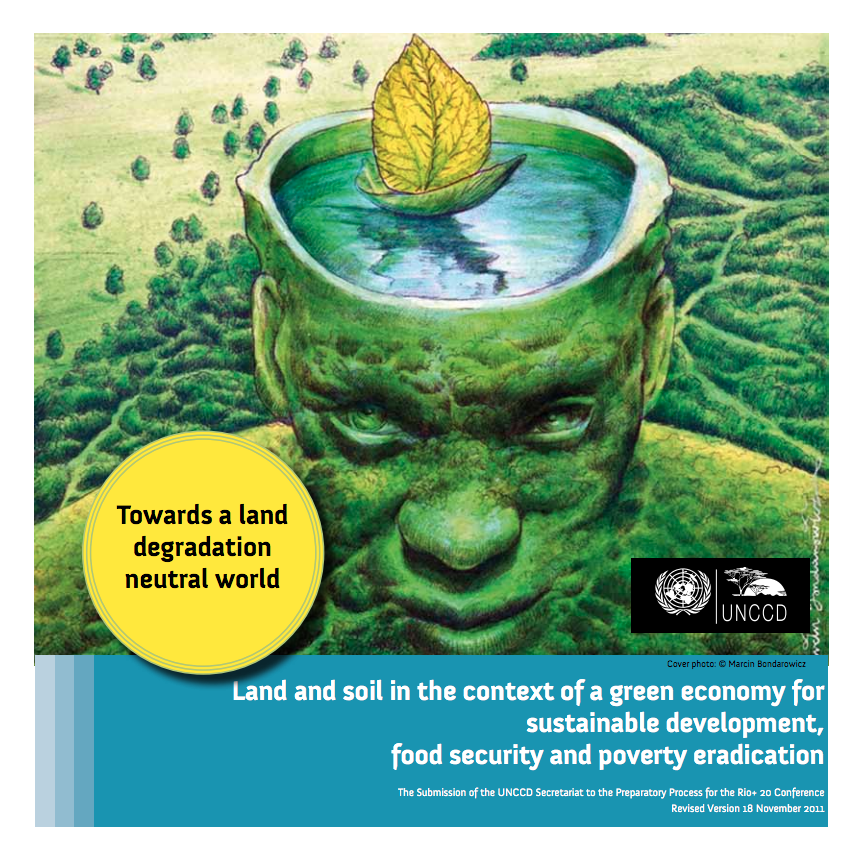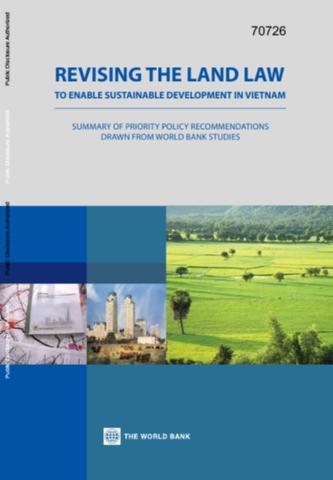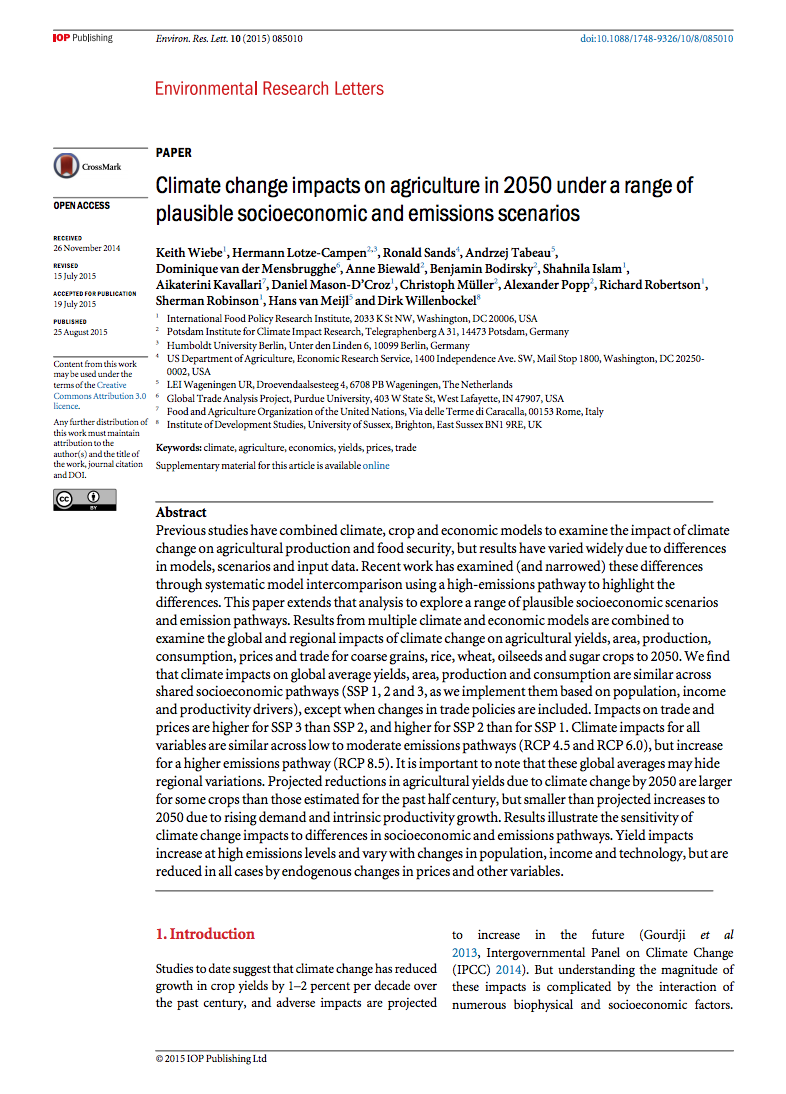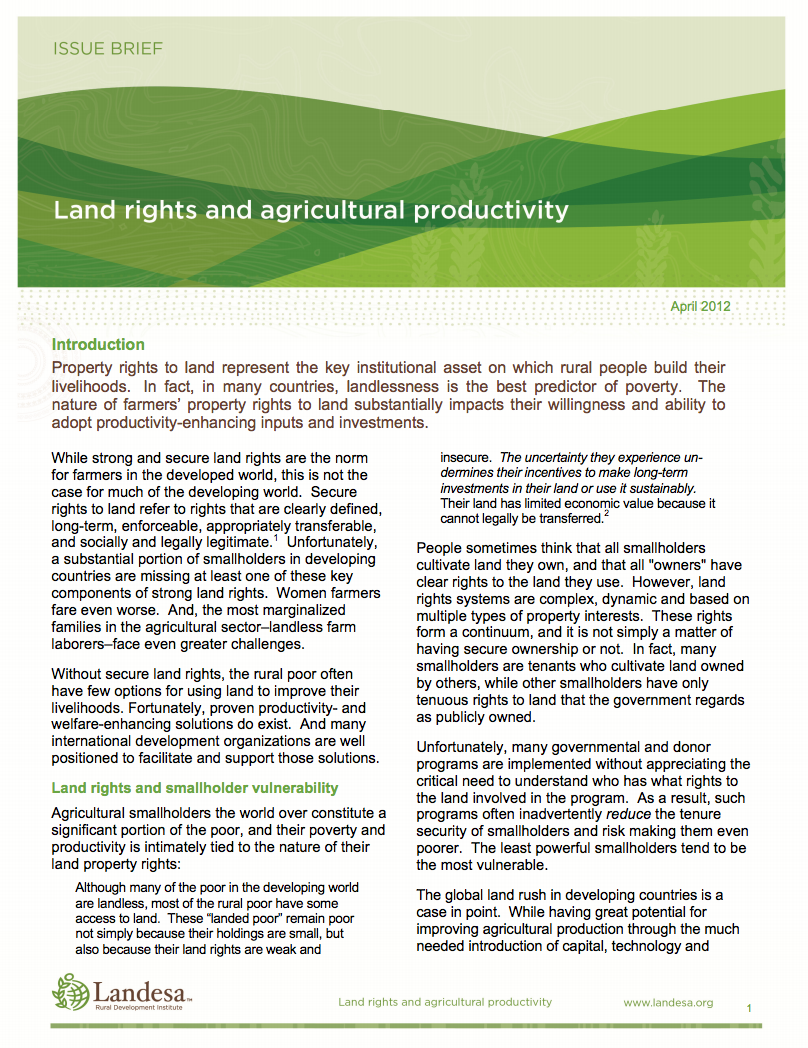Orientações para a Destinação do Patrimônio da União
A política de Gestão do Patrimônio da União foi delineada a partir de uma reflexão coletiva formulada pelo Grupo Interministerial de Trabalho sobre Gestão do Patrimônio da União - GTI, instituído pelo Decreto de 11 de setembro de 2003.


